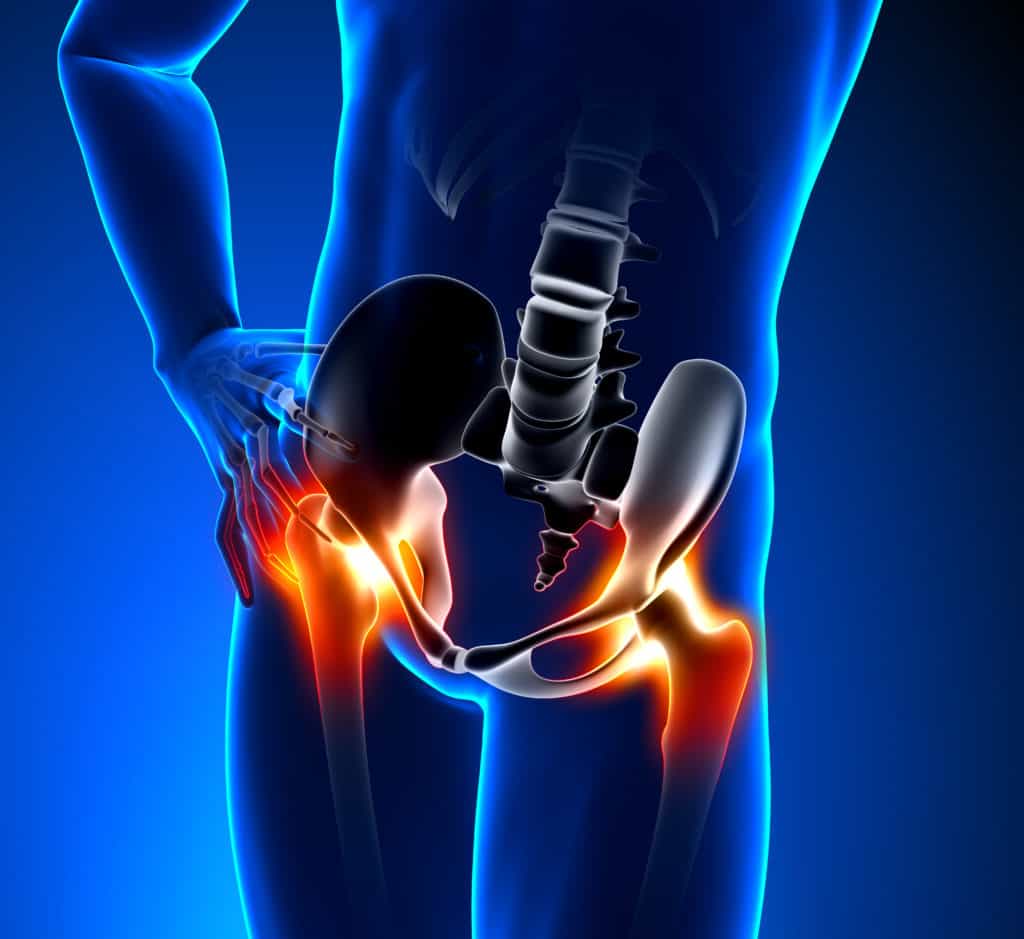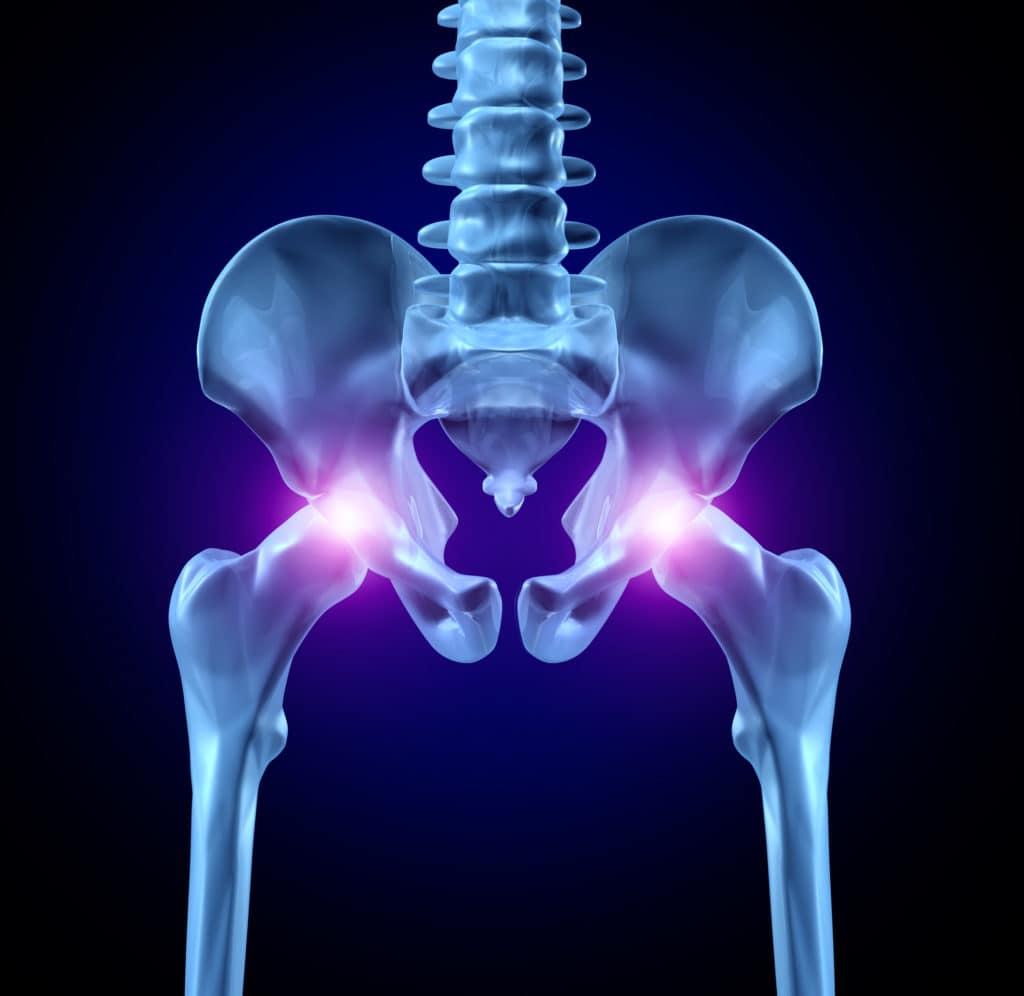Do you suffer from chronic pelvic pain? Have you been dismissed by MD’s who can’t find an apparent cause?
Well, you may be suffering from myofascial pelvic pain syndrome (MPPS). A painful condition and recognized pain disorder experienced by people all over the States – and the world. Yet, it’s a misunderstood condition that remains on the fringe of Standard Western Medicine, which leaves many patients in limbo, struggling to find answers and relief from the – often – debilitating pain.
But what is myofascial pelvic pain, what causes it, and what can you do about it?
Myofascial pain is not limited to discomfort in the pelvic region. Tight, twisted or dehydrated myofascia can cause chronic pain in the neck and shoulder, back, hips, and legs too. It can also be the cause of bladder weakness, digestive discomfort, tinnitus, and headaches.
So, why haven’t you heard of it before?
History proves the medical world is sometimes slow to adapt to chronic pain disorders and treat them as significant illnesses. Patients are often passed off with prescriptions for antidepressants or sedatives – with no thought given to the root cause or how to rectify it. So, you may have found it challenging to uncover what is causing your pain up until this point. Even harder to treat it.
As a chronic illness involving multiple ongoing pain sites, the medical community has found it hard to categorize and address myofascial pelvic. But the good news is we can treat it!
In this blog, we shed some much-needed light on what myofascial pain is and the symptoms it can cause. We summarize this still largely unknown syndrome and its effects on the pelvic region, and explain what may be causing it and what you can do to find relief. After all, we want you to get back to living without painkillers, drugs, or steroid injections.
What Is Myofascial Pelvic Pain?

Before explaining what Myofascial Pelvic Pain is, we should first define what myofascia (or fascia as it is sometimes known) is.
Your fascia is stretchy tissue that surrounds and protects your bones, muscles, and organs from injury and infection. It connects and binds everything together into one whole human being – instead of individual pieces. Think of it as a full-body jacket; your favorite soft coat when it’s working well, and a straitjacket when it’s tight, stiff, and dehydrated and causing chronic pain.
Myofascial pelvic pain is a type of chronic pain experienced explicitly as chronic pelvic pain (CPP) in the pelvic region. The pelvic area is the lower abdomen area directly below the belly button, which extends down to the groin.
Due to pregnancy, labor, and childbirth and many female reproductive organs present in this area – such as the ovaries, fallopian tubes, and uterus – myofascial Pelvic Pain is a condition more often experienced by females (although not exclusively – men can suffer from chronic pelvic pain too).
But despite its frequency – particularly in women, myofascial pelvic pain is regularly missed, underplayed, and misdiagnosed by medical professionals.
Suppose you have chronic pelvic pain – without any cause visible on ultrasounds or during musculoskeletal examinations. There is a high likelihood your pain relates to the myofascia in the pelvic region.
We categorize myofascial pelvic pain as long-term pain in the pelvic floor muscles. For those suffering from myofascial pain syndrome, the discomfort regions, known as trigger points, are ongoing. So, for myofascial pelvic pain sufferers, the pain is continuous, or you experience re-occurring bouts of pain.
For men and women who endure this daily discomfort, your mobility and other core functions in the body, plus your general sense of wellbeing, are also affected.
Common complaints from those affected include problems related to the urinary tract – such as incontinence, cystitis, or leakage—bowel problems – such as chronic constipation, painful spasms, and irritable bowel syndrome.
Sufferers also struggle to get to sleep and stay asleep due to back pain and lower abdominal pain, which compounds the situation. It may also cause a loss of libido, impotence, and loss of sensation during sex.
What Causes Myofascial Pelvic Pain?

Myofascial pain often occurs in the body areas that maintain the correct body posture – such as around the spine, neck and shoulders, the legs, and abdomen. Myofascial pelvic pain, specifically, occurs when the fascia around your pelvis, pelvic floor muscles, and internal organs tighten up, shorten and become sore.
This tightening and shortening occur when the strong and supple myofascia surrounding muscles and bones all over our body are unable to flex and stretch properly. When this change occurs, the rigidness results in myofascia pain syndrome and other issues, which causes chronic pelvic pain.
The reasons why myofascia tighten up in this way are many. The pelvic floor muscle is essential. It is involved in bladder control, bowel movements, childbirth, sex, and other vital functions, making the surrounding deep and visceral fascia vulnerable to myofascial pain.
Here are some of the leading causes of myofascial pelvic pain:
Repetitive Activity: If your pelvic area is subject to repetitive movements for a prolonged period, you may experience muscle strain leading to myofascial pelvic pain. Remember, myofascial pelvic pain is a chronic pain that doesn’t go away.
Childbirth: Post-labor, many women experience issues involving the pelvic floor muscle, which is under extreme pressure during childbirth and pregnancy. Postpartum checks often (in most cases, always) miss problems with the myofascia – they simply check that the cervix and uterus are intact.
For some women, undiagnosed birth injuries or complications during labor damage the pelvic floor muscle and surrounding tissue resulting in myofascial pelvic pain. These issues don’t just cause chronic pelvic pain, either. In lots of cases, tight myofascia can result in infertility, miscarriage, and painful sex, too.
Posture: We know that poor posture over long periods places extreme force on the lower back. Alongside the many issues this may cause, it is also possible that you may experience myofascial pelvic pain due to bad posture.
Historic Injuries: Damaged tissue is more prone to further injury. So if you have previous injuries or surgery in the pelvic area, you’re more susceptible to future issues with myofascial pelvic pain due to the heightened sensitivity of scar tissue and diminished capacity for stresses.
Trauma: It is well-documented that stress, sexual abuse, and trauma can have an impact on the pelvic floor muscle. Additionally, suppose there are further physical issues in the pelvic region. In that case, the combination of physical and psychological challenges can result in myofascial pelvic pain.
Other medical conditions: The medical community still has a lot to learn about the inner workings of myofascial pelvic pain, so although not regularly diagnosed by MD’s, other ailments in the pelvic area may involve myofascial pelvic pain, such as chronic pelvic pain and fibromyalgia.
How To Cure Myofascial Pelvic Pain

Myofascial pelvic pain treatments include pelvic floor physical therapy, relaxation therapies, medication, and injections into trigger points. But the most effective and non-invasive way to treat myofascial pelvic pain is Myofascial Release Therapy. This hands-on therapy works to balance and realign the pelvis and relax the surrounding fascia by applying pressure to the restricted trigger points and other areas of restriction.
Interestingly, you may be experiencing chronic pain in the pelvis. Still, the trigger or cause of your pain may be in what seems like an unrelated area of the body. But once we find it, we can reduce the restriction and cure your pelvic pain.
It usually takes several sessions to entirely correct issues with tight and restricted myofascia. Your body learned, sometimes over decades, to contract into its current shortened state. Usually with good reason, to protect organs, bones, or muscles from further injury or as a response to illness or infection. Nevertheless, we need to teach it to relax over time. However, you will usually experience some immediate relief after working on these restrictions – with the effects building over time.
With so much of the physiological changes associated with myofascial pelvic pain taking place deep inside the body that’s invisible to the naked eye and most scans, it is difficult for the medical community to pinpoint the specific causes of myofascial pelvic pain.
This situation makes doctors hesitant to diagnose myofascial pain syndrome as the cause. But we’re pleased to report, awareness of this cause of chronic pelvic pain is gaining momentum. And MD’s are now more likely to recommend Myofascial Release Therapy as a viable treatment option.
We Can Help! Here’s How:
We offer all chronic pelvic pain patients a free 15-minute consultation with one of our Myofascial Therapists who specialize in pelvic pain. During the call or video appointment, we’re able to find out a little more about your specific complaints and give you some tips on managing your pain.
We also explain how we help resolve chronic pelvic pain with Myofascial Release Therapy. So, if you’re in pain now, please get in touch now to book your free consultation.
Alternatively, you can visit our Salt Lake City clinic for a 30-minute discovery visit. Here, you can look around our facilities and meet your therapist in person and tell us more about your pelvic pain before committing to further treatment.
Just choose the option that suits you best. We look forward to hearing from you!

